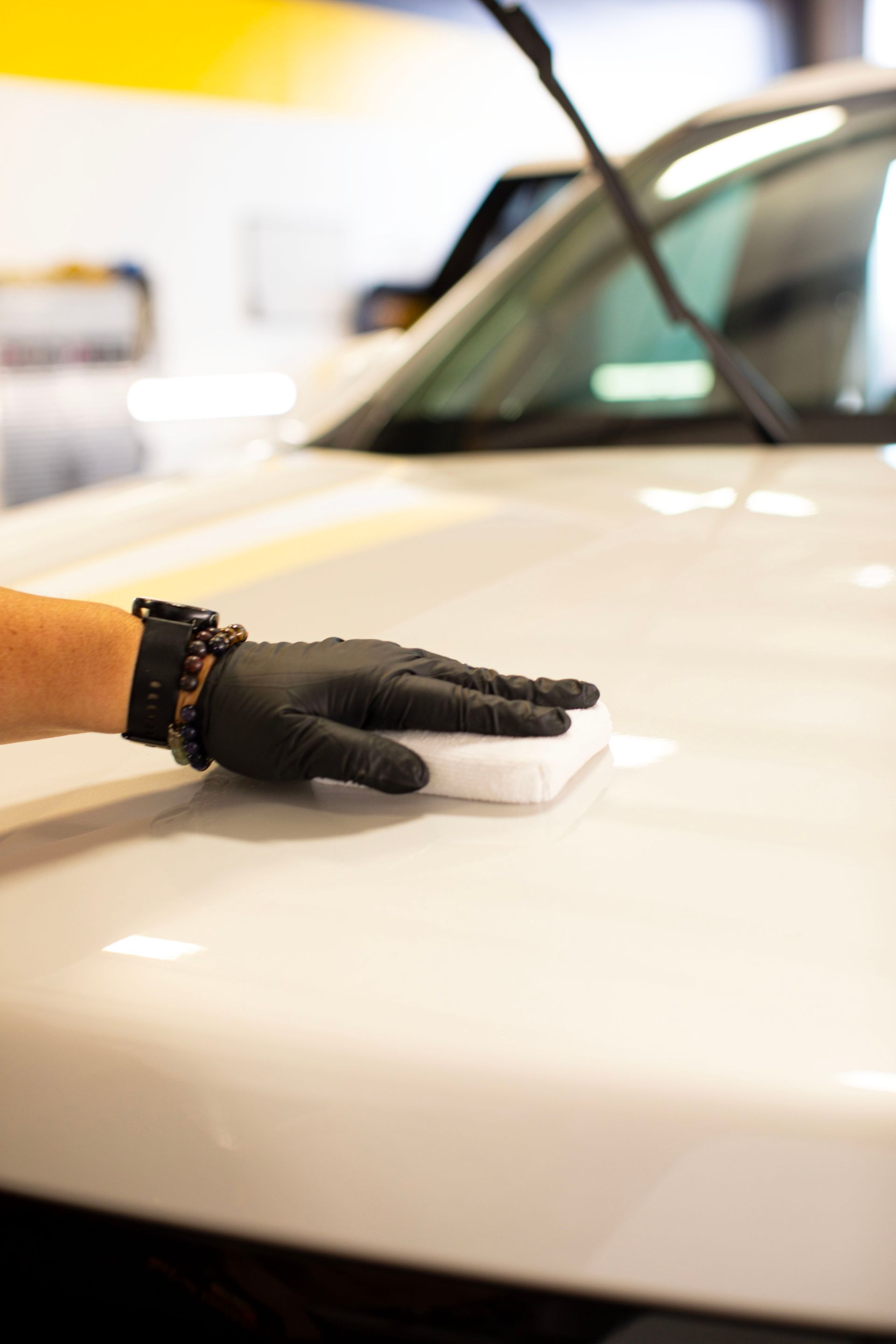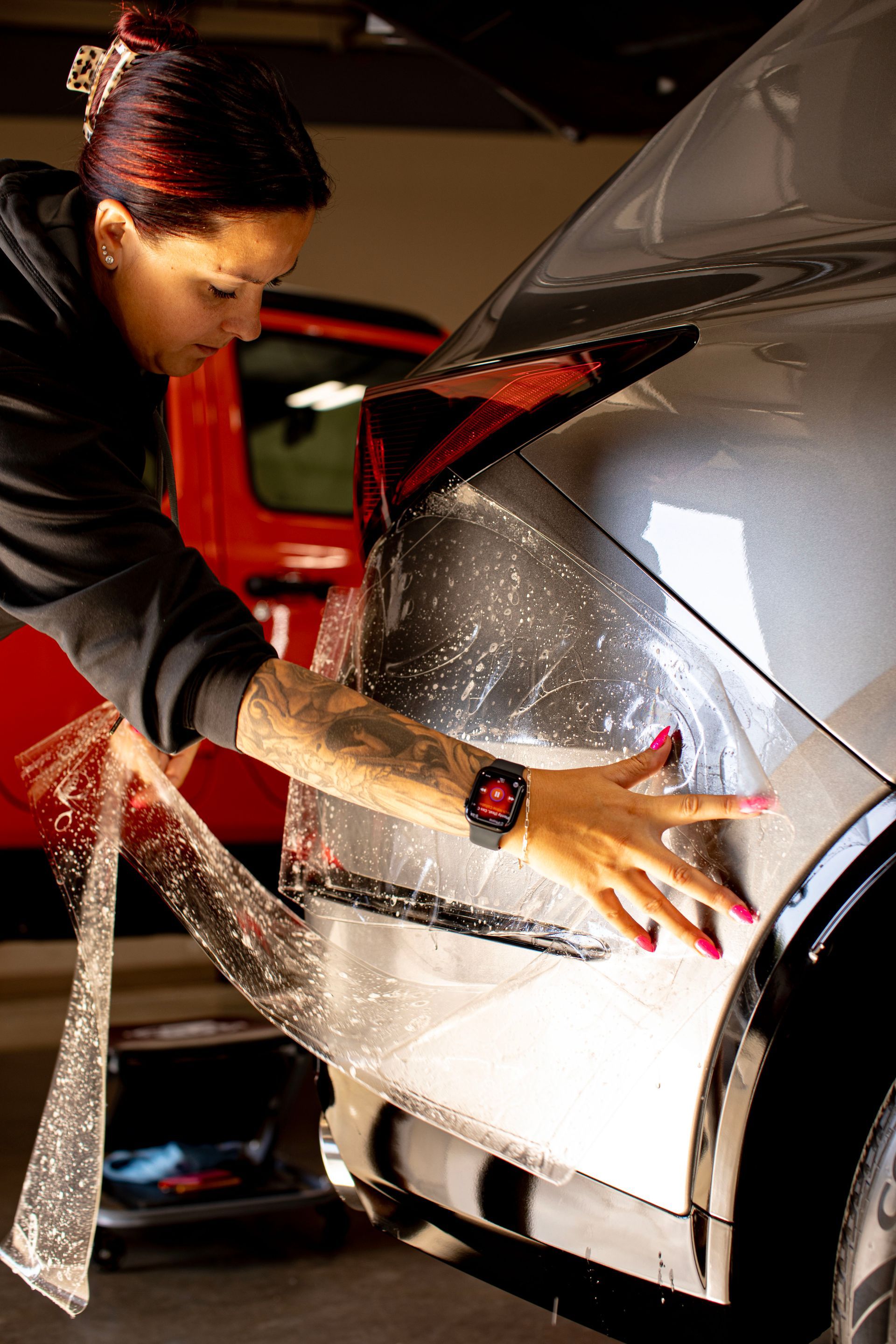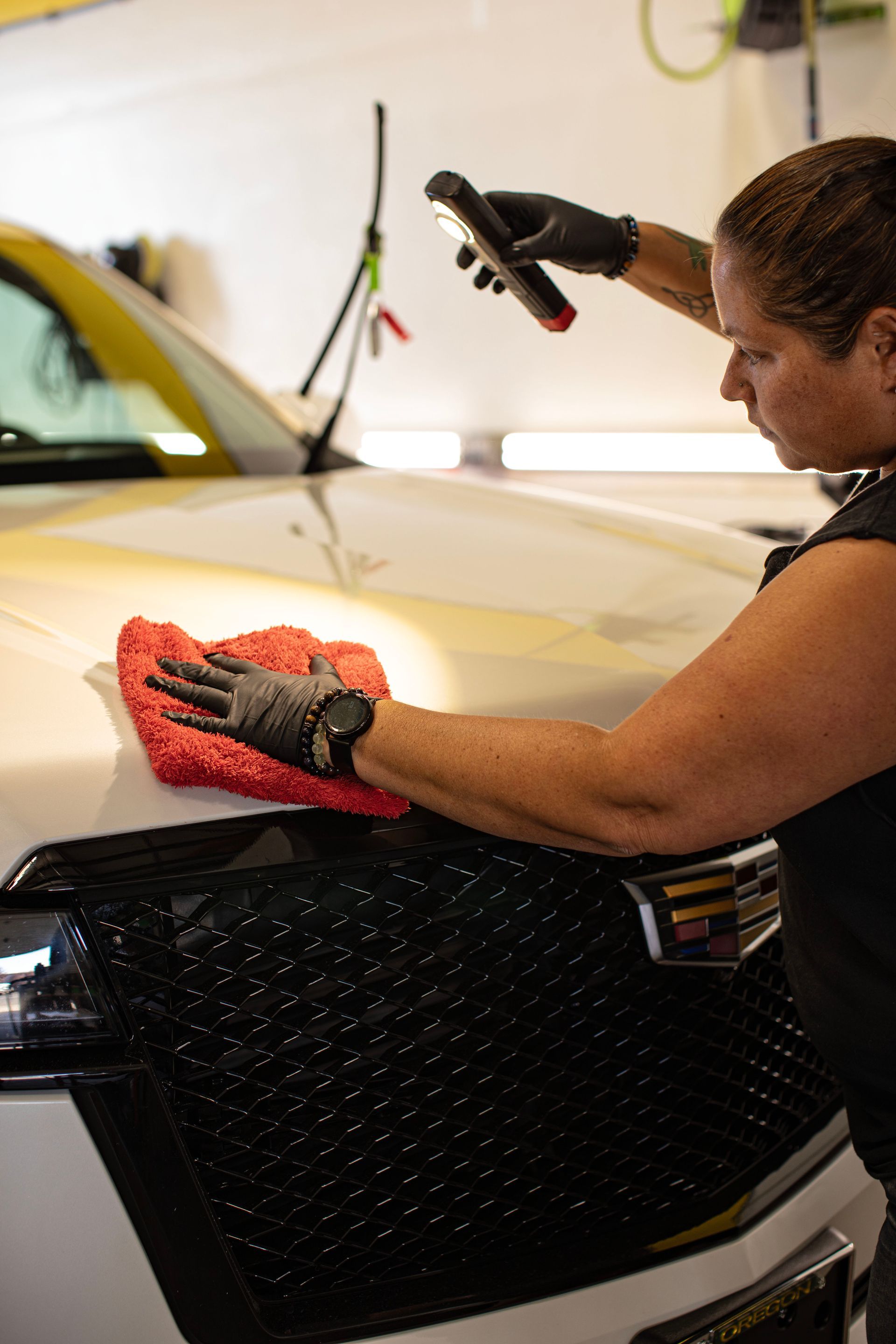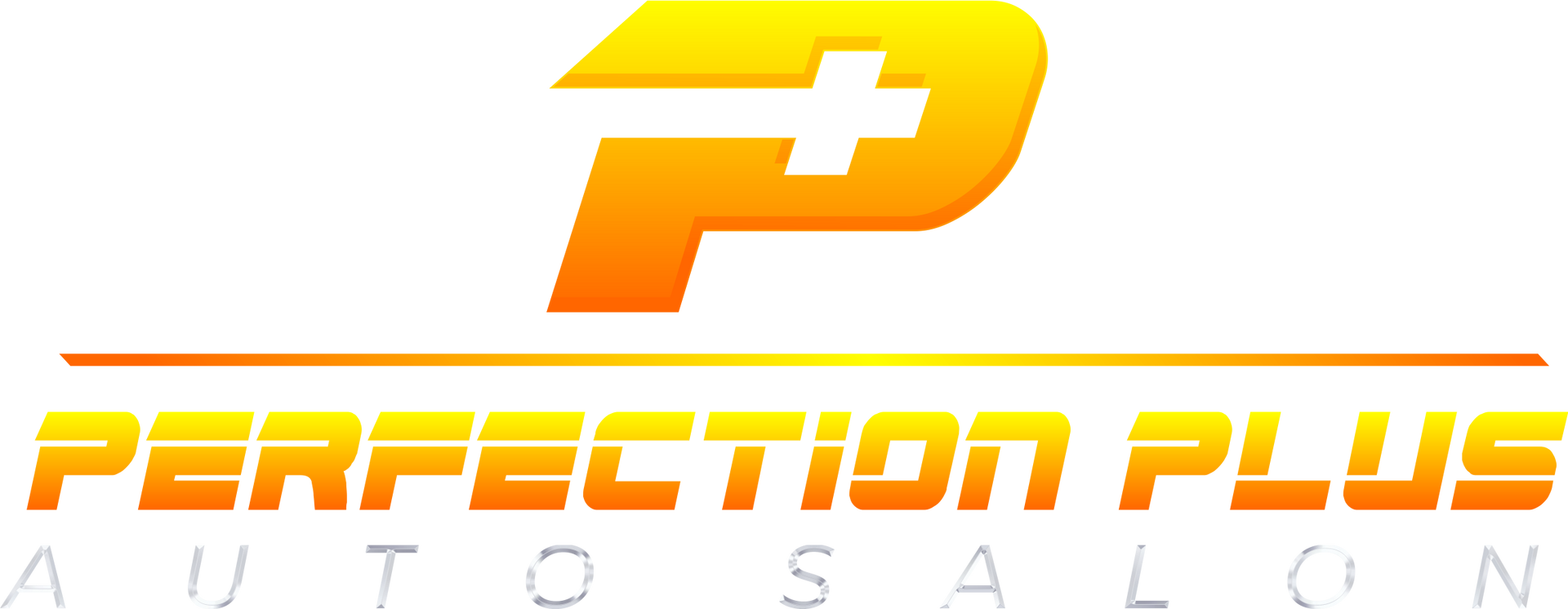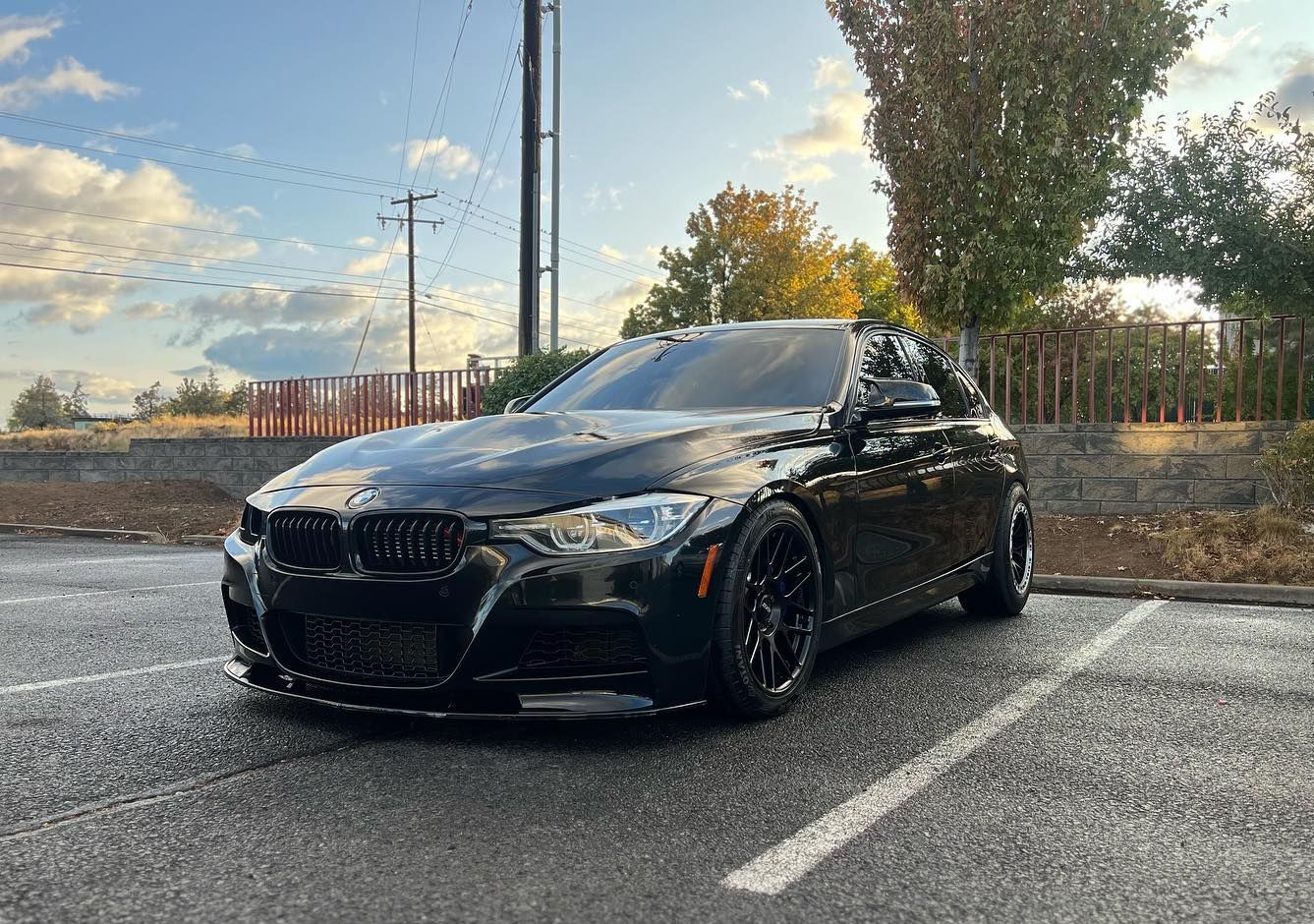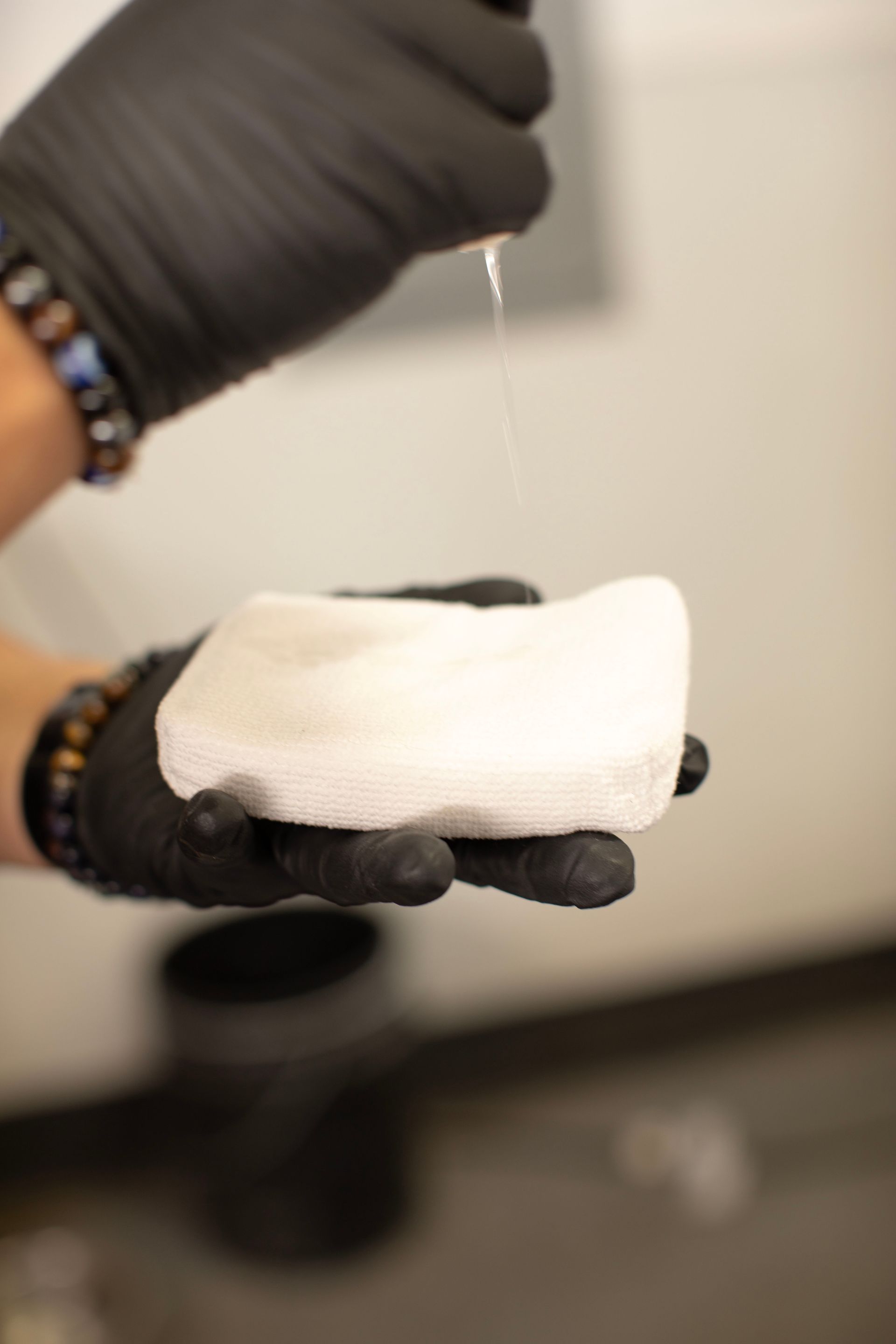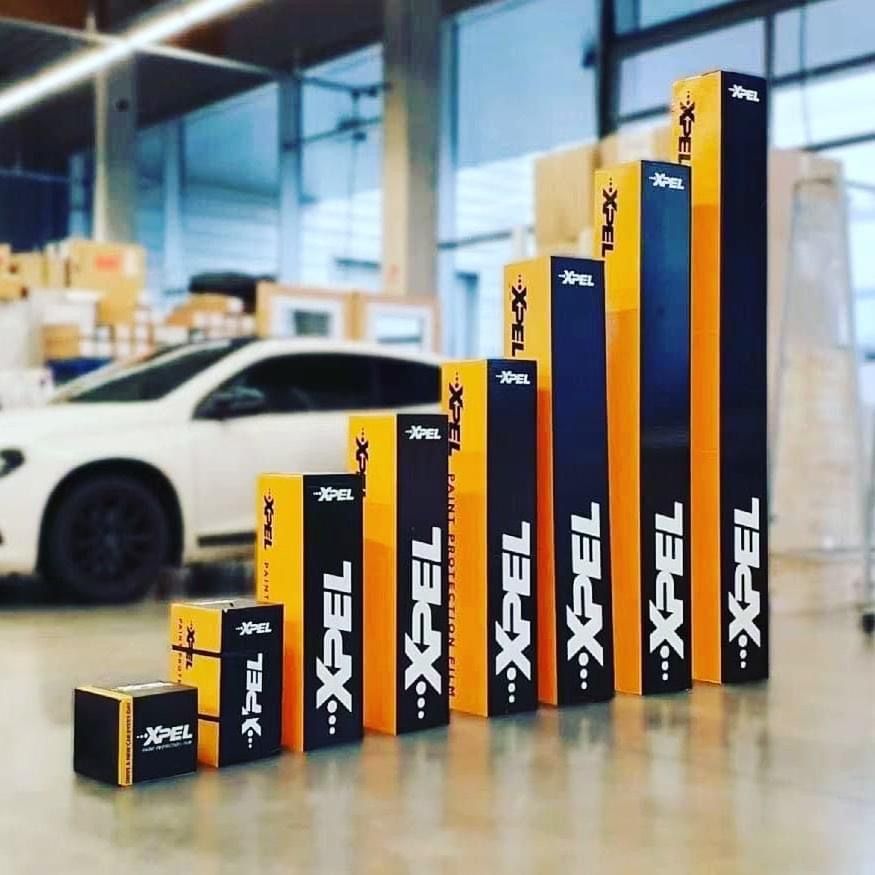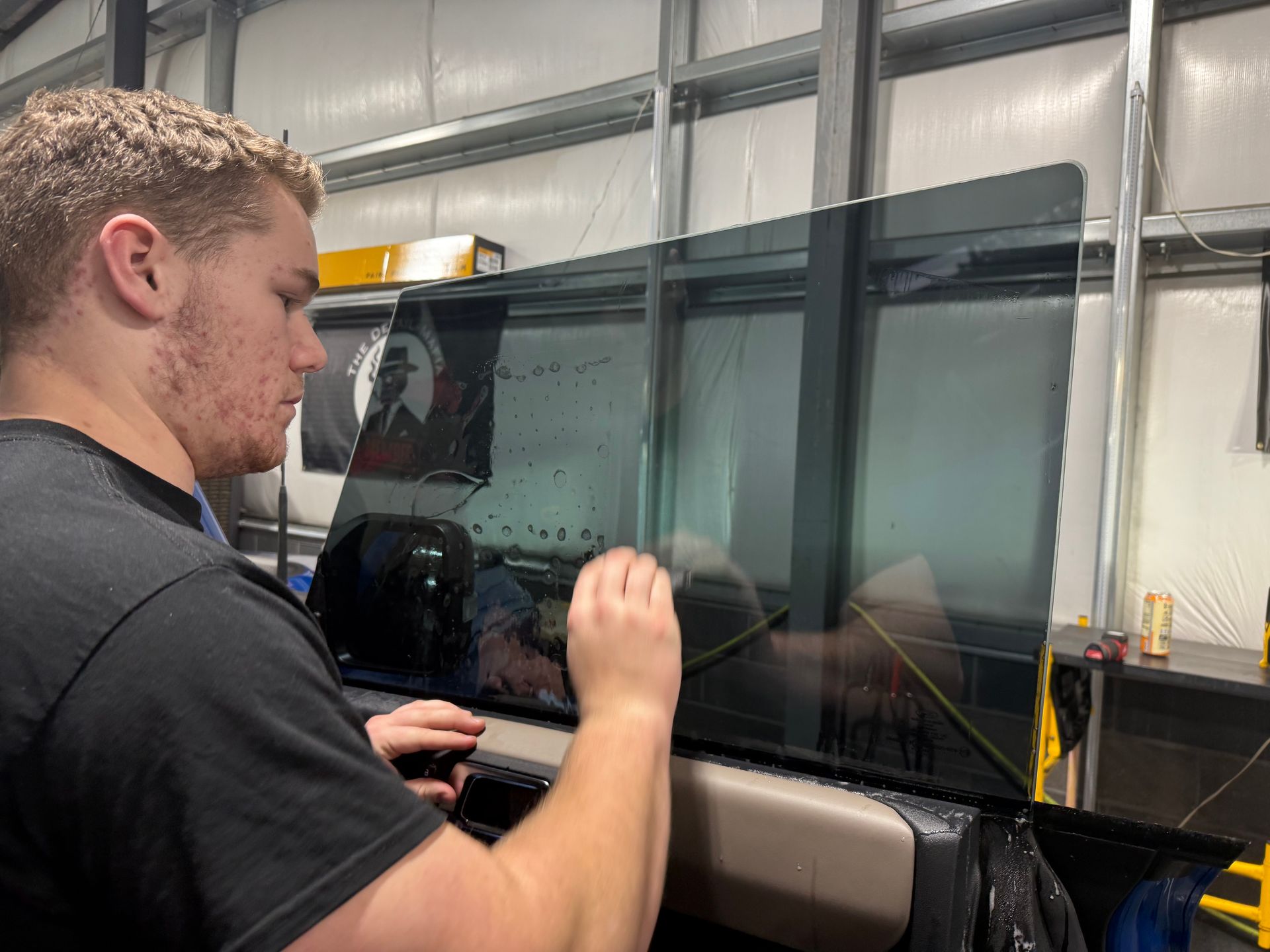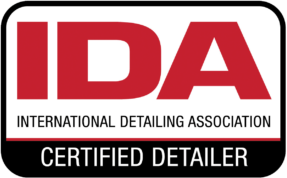Maximizing the Lifespan of Ceramic Coatings: A Comprehensive Guide to Durability and Maintenance
GET A FREE ESTIMATECar enthusiasts know that keeping a vehicle looking pristine for years is no simple task. When it comes to preserving that showroom shine, ceramic coatings offer unparalleled protection. Yet, many find themselves perplexed by how best to maintain these finishes, often due to conflicting advice or gaps in information. Understanding the nuances of ceramic coating care isn’t just about prolonging its lifespan; it's about safeguarding an investment against daily wear.
A quality ceramic coating can last up to 5 years, providing resilience against environmental elements, chemical stains, and UV damage. To maintain its durability, regular washing using a pH-neutral car shampoo and annual professional inspections are recommended. Avoiding automatic car washes and abrasive cleaners also helps extend the lifespan of the ceramic coating.
Advantages of Ceramic Coating
So, why should you consider investing in a ceramic coating for your vehicle? The benefits are truly remarkable. Let's break down some of the key advantages, starting with long-lasting protection.
- Long-Lasting Protection: Ceramic coatings offer a remarkable level of protection, lasting anywhere from 2 to 5 years when properly maintained. This means that you won’t have to worry about environmental hazards such as road salt, bird droppings, or acid rain causing damage to your car’s paint. In comparison to traditional waxing, which may require reapplication every few months, the extended lifespan and durability of ceramic coatings provide a more convenient and lasting solution for shielding your vehicle's paint job from degradation caused by everyday exposure to the elements.
- Enhanced Gloss and Shine: One of the most striking benefits of ceramic coatings is the deep, mirror-like shine they provide. This glossy finish not only makes your car look brand new but also enhances its visual appeal. In fact, it can even contribute to increasing the resale value of your vehicle. The reflective qualities of the coating help intensify the color and depth of your car’s paint, making it appear more vibrant and lustrous than ever before. It’s like giving your car a fresh new lease on life!
- Hydrophobic Properties: Another standout advantage of ceramic coatings is their hydrophobic properties. This means that they create a water-repellent layer on the surface of your car. As a result, water and other liquids bead up and roll off instead of sticking to the surface. Not only does this significantly reduce the risk of unsightly water spots, but it also makes cleaning your car much easier. Imagine driving through a drizzle and watching as the water beads up and effortlessly rolls off your car, leaving it looking clean and spotless without you having to lift a finger. That's the magic of hydrophobic properties at work!
- UV Protection: Ceramic coatings act as a shield against harmful UV rays, effectively preventing oxidation and fading that can dull your car’s color over time. By blocking out UV radiation, these coatings help maintain the vibrancy and integrity of your car’s paint for years to come. From enhancing the aesthetic appeal of your vehicle to providing robust protection against environmental elements and everyday wear, the advantages of ceramic coatings make them a worthwhile investment for any car owner looking to maintain their vehicle's pristine condition.
In light of these extraordinary benefits, let's now explore the step-by-step process for applying ceramic coatings to ensure optimal durability and performance.
Application Process Steps
The application process of ceramic coatings is crucial for achieving the full range of benefits these coatings offer. Each step plays a vital role in ensuring the longevity and effectiveness of the coating.
- Thorough Cleaning: Before applying the ceramic coating, start with a pristine surface by meticulously washing your car using a pH-balanced shampoo. The goal is to rid the car of any dirt, grime, and existing wax or sealants, as these contaminants can hinder the adhesion of the ceramic coating, leading to potential performance issues. Therefore, a spotless surface is fundamental for allowing the ceramic coating to bond effectively with the car's paintwork.
- Paint Correction: Once the car is thoroughly cleaned, it's essential to address any imperfections in the paintwork. Even minor blemishes, such as swirl marks or scratches, can be sealed in by the ceramic coating. To tackle this, consider using a polishing machine to perform paint correction, eliminating any imperfections and ensuring that the ceramic coating locks in a flawless finish.
- Surface Preparation: Surface preparation cannot be overlooked when it comes to applying ceramic coatings. After cleaning and correcting the paint, it's crucial to remove any remaining oils or residues from the surface. Utilizing an isopropyl alcohol (IPA) wipe is an effective method for eradicating these substances, maximizing bonding between the car's paint and the ceramic coating, and laying the groundwork for a durable and enduring application.
- Applying the Coating: When everything is set for application, carefully apply the ceramic coating. Small amounts of the coating should be dispensed onto a microfiber cloth or applicator pad, then meticulously spread a thin and even layer over the car's surface, working in small sections to ensure complete coverage. The thoroughness of this step is paramount, as it directly impacts the protective and aesthetic capabilities of the ceramic coating.
- Curing Time: After meticulous application, allowing the coating to cure properly is essential to its effectiveness and longevity. Following manufacturer instructions, typically ranging from a few hours to a full day, is imperative for optimal curing. During this time, avoid exposure to water to ensure that the coating achieves its desired properties.
These meticulous steps form an integral part of applying ceramic coatings and are pivotal in ensuring optimal adhesion, protection, and performance of your vehicle's paintwork.
Essential Maintenance Tips
Ceramic coatings are a superb investment, offering long-lasting protection for your vehicle's paint. To ensure your coating retains its integrity and effectiveness, regular maintenance is crucial. Here are some fundamental maintenance tips to keep your ceramic coating in top condition.
Regular Washing
Consistent washing is key to preserving the longevity of your ceramic coating. However, not just any car wash will do. When washing your car, opt for a pH-neutral or ceramic-specific shampoo, as these are gentle on the coating while effectively removing dirt and grime. Additionally, steer clear of automatic car washes with harsh brushes, as these abrasive materials can compromise the coating and cause unsightly scratches.
Use Detailing Sprays
In between regular washes, consider using ceramic detailing sprays to enhance the gloss and hydrophobic properties of the coating. These sprays provide an additional layer of protection, extending the lifespan of the ceramic coating by boosting its water-repellent qualities and maintaining its attractive shine. Utilizing detailing sprays also has the added benefit of making routine maintenance more manageable. By applying these sprays between washes, you can prolong the durability and effectiveness of the ceramic coating without excessive effort.
Conduct Annual Inspections
Just as regular health check-ups are essential for maintaining your well-being, annual inspections are equally crucial for assessing the condition of your ceramic coating. Engaging a professional to conduct annual inspections ensures that any wear or thinning areas on the coating can be identified and addressed promptly. If areas of the coating have worn off over time, touch-up treatments can be administered to reinforce protection in those specific areas. The automotive landscape is filled with variables that can impact the health and durability of your vehicle’s ceramic coatings. Scheduling an annual inspection provides an opportunity to address any potential concerns before they escalate, preserving the efficacy and longevity of your ceramic coating investment.
By integrating these essential maintenance tips into your routine, you can safeguard the durability and effectiveness of your ceramic coating while enjoying a beautifully protected vehicle for years to come.
Factors Impacting Durability
The quality of the ceramic coating plays a pivotal role in determining its lifespan. Premium products offer exceptional durability, with the potential to safeguard your vehicle's exterior for up to 5 years or more. Conversely, opting for cheaper alternatives can lead to limited protection and a drastically reduced lifespan. Investing in a high-quality coating is akin to securing a long-term shield against the elements.
It’s not just about the quality of the product itself; the application technique also influences its effectiveness. A professional application ensures maximum adhesion and uniform coverage, significantly enhancing its durability. Conversely, DIY methods can result in uneven coverage and reduced effectiveness, leading to premature wear and tear. The way the coating is applied directly impacts how well it bonds to your vehicle's surface, underscoring the importance of professional application for optimal performance.
Environmental conditions can also pose significant challenges to the longevity of ceramic coatings. Exposure to harsh weather conditions, industrial fallout, and road contaminants can gradually degrade the protective layer, shortening its lifespan. However, proactive measures such as garage storage and regular protective applications can mitigate these impacts. Choosing not only when but also where you drive, park, and store your vehicle can have a substantial impact on preserving the integrity of the ceramic coating. For instance, parking indoors or in a covered area shields your vehicle from direct exposure to sun, rain, and other environmental pollutants, effectively prolonging the life of the ceramic coating.
Additionally, routine maintenance practices play a crucial role in maintaining the protective properties of the coating. Following a consistent and proper maintenance routine is crucial for extending the life of the ceramic coating. This includes gentle washing with pH-neutral car shampoo to remove dirt and debris without compromising the coating's integrity. Periodic use of maintenance sprays specifically designed for ceramic coatings reinforces their protective attributes, thereby prolonging their durability. By consistently adhering to these maintenance practices, you can significantly extend the life of your ceramic coating and preserve its pristine condition for years to come.
Signs Your Coating Needs Attention
Quality ceramic coatings are engineered to last and provide exceptional protection for your vehicle. However, even the most durable coatings have their limits and can eventually exhibit signs of wear and tear. It's crucial to recognize these signs so that you can take the necessary steps to maintain your coating's integrity and protect your vehicle. Let's dive into three key indicators that suggest your ceramic coating needs attention.
Decreased Hydrophobic Effect
Imagine driving down the road after a rainfall, and instead of water beading and gliding effortlessly off your car, it sticks stubbornly to the surface, making visibility poor and marring the appearance of your vehicle. This is a classic sign of a decreased hydrophobic effect—when the water doesn't bead up or sheet off as it once did. This notably indicates your ceramic coating’s hydrophobic properties are beginning to diminish, compromising its ability to repel water and dirt effectively. The lack of hydrophobicity may also lead to increased water spots, making routine cleaning more challenging.
Visible Wear and Tear
Upon closer inspection of your vehicle’s surface, if you notice dull spots, heightened swirls, or minor scratches that were not present before, this is a strong indication that the protective layer of your ceramic coating has degraded in those areas. These signs of wear and tear reveal compromised protection that may have originally shielded your vehicle from such surface damage.
Difficulty in Cleaning
A once effortless cleaning process has now become an arduous task, with stubborn stains clinging to the car’s surface. This difficulty in cleaning indicates that the protective layer of your ceramic coating has been compromised, leaving the underlying paintwork vulnerable to environmental contaminants and reducing the overall aesthetic appeal of your vehicle.
Recognizing these signs early on enables you to proactively address any issues before they escalate, ensuring that your vehicle continues to receive the best possible protection from your ceramic coating. Regular inspections of these signs will allow you to address any potential issues promptly and maintain the longevity and effectiveness of your coating.
Top-Rated Ceramic Coating Services in Redmond, OR
Enhance your vehicle's protection and shine with Perfection Plus Auto Salon's
top-rated ceramic coating service in Redmond, OR! Our expert technicians use the highest quality ceramic coatings to provide a durable, long-lasting shield against environmental hazards, ensuring your car stays looking pristine. Experience the benefits of advanced protection that repels dirt, water, and UV rays, keeping your vehicle's finish flawless. Book your ceramic coating service at Perfection Plus Auto Salon today and enjoy the ultimate care for your car! Call us at
(541) 598-6193 to get started!
